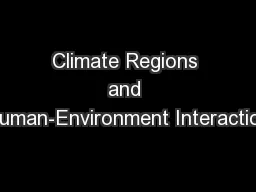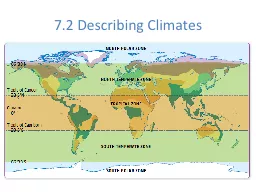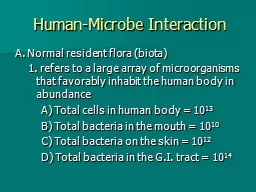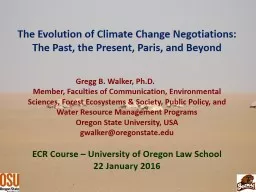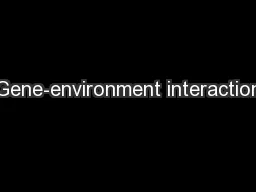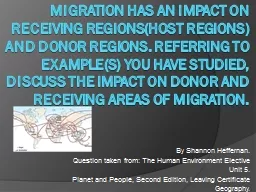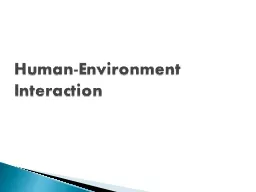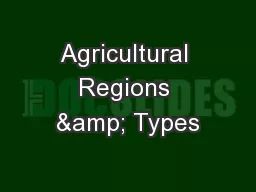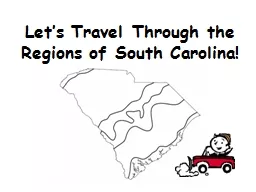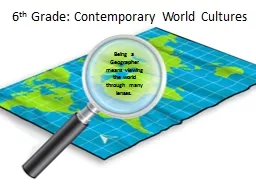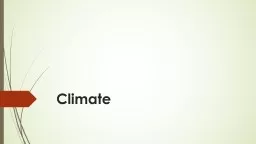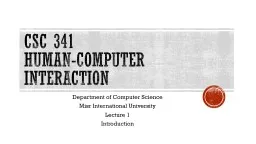PPT-Climate Regions and Human-Environment Interaction
Author : calandra-battersby | Published Date : 2018-03-08
Effects on Climate Weather changes in temperature wind air etc over a short period of time Climate weather patterns in a particular area over many years The suns
Presentation Embed Code
Download Presentation
Download Presentation The PPT/PDF document "Climate Regions and Human-Environment In..." is the property of its rightful owner. Permission is granted to download and print the materials on this website for personal, non-commercial use only, and to display it on your personal computer provided you do not modify the materials and that you retain all copyright notices contained in the materials. By downloading content from our website, you accept the terms of this agreement.
Climate Regions and Human-Environment Interaction: Transcript
Download Rules Of Document
"Climate Regions and Human-Environment Interaction"The content belongs to its owner. You may download and print it for personal use, without modification, and keep all copyright notices. By downloading, you agree to these terms.
Related Documents

